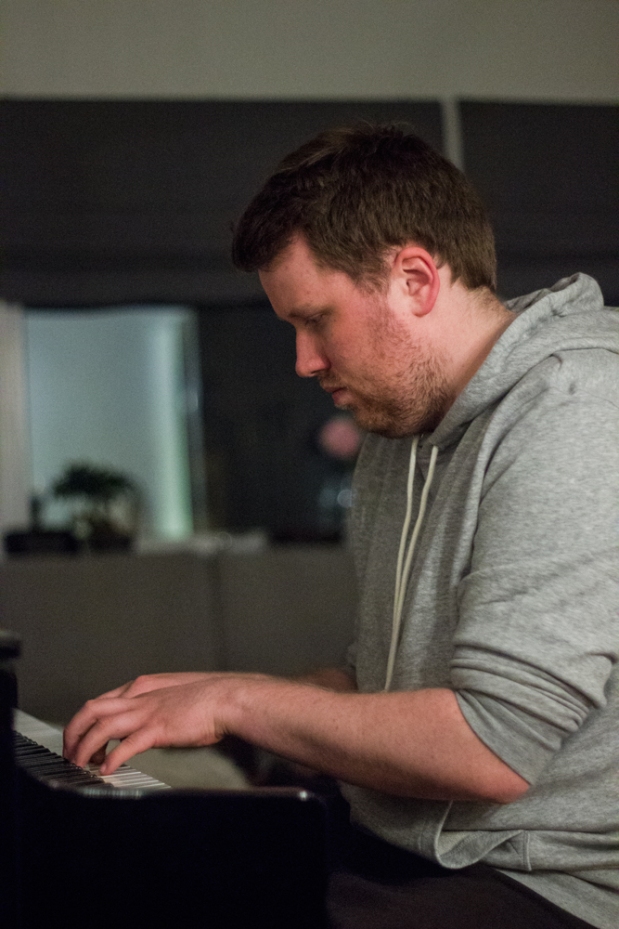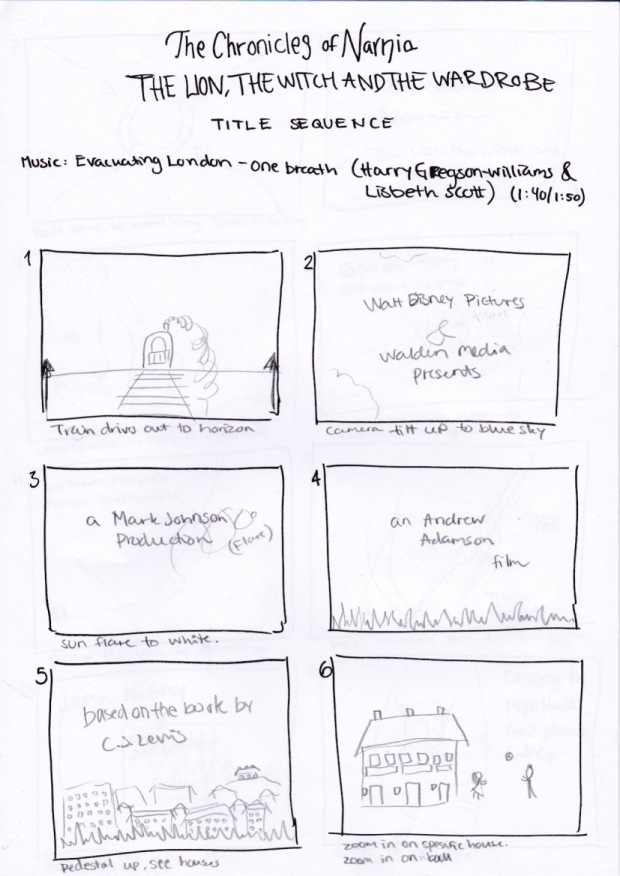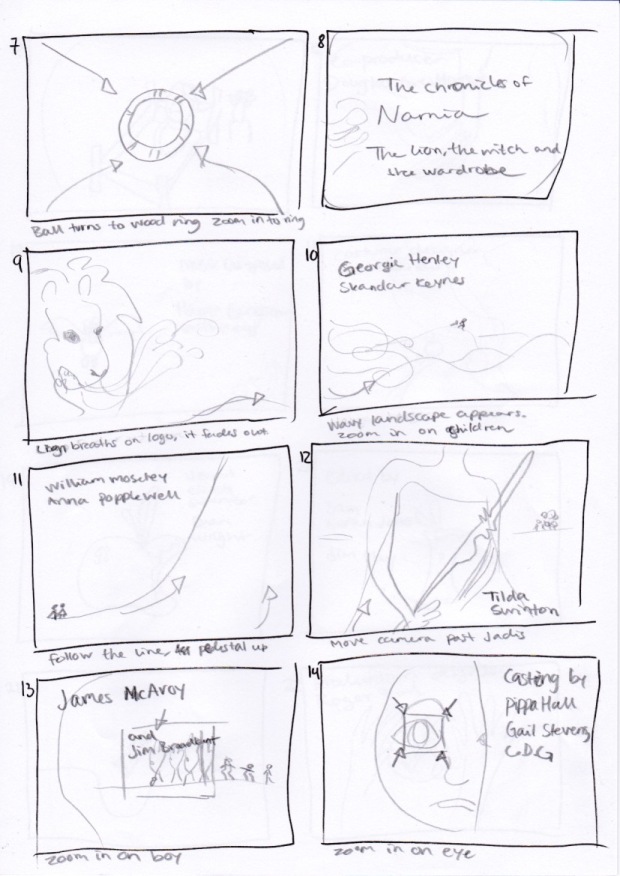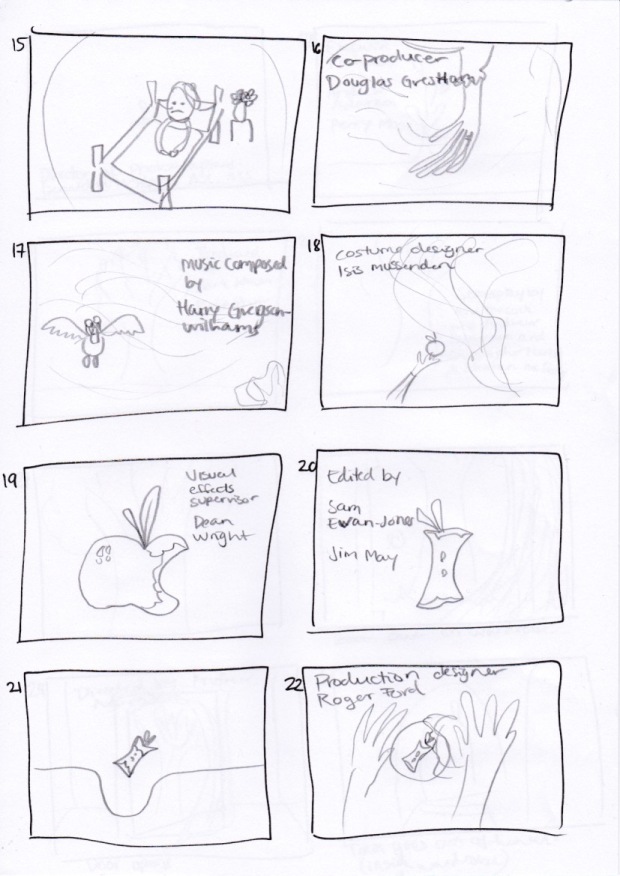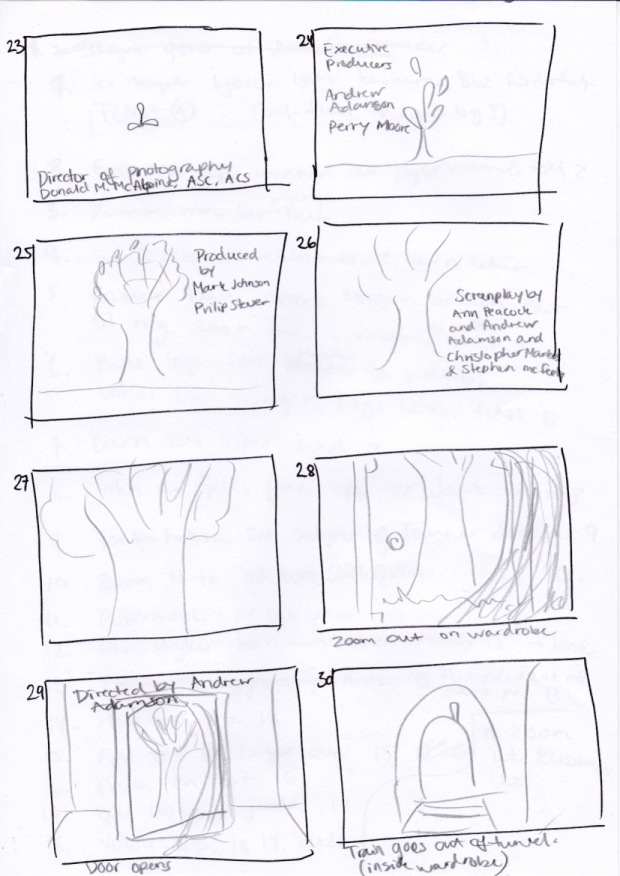Learning Activity: Fun with slow shutter speeds
1. Wait until it’s almost dark outside. Take your camera and go and sit in a busy tourist area. Choose a building or statue to photograph. Place your camera on a tripod and set the shutter speed to 30 seconds or more. (If you don’t have a tripod, something stable, like a chair, will also work.)
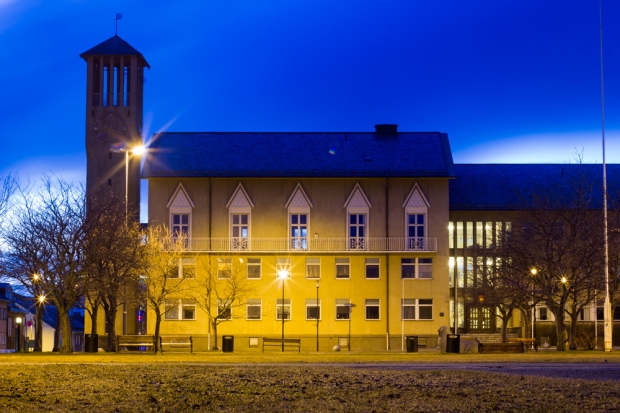
2. Wait until it’s dark. Go and stand on a bridge over a busy street (or look from the window of a high-rise building). Place your camera on a tripod and set your shutter speed to 30 seconds or more. Inspect your photograph. What do you see?
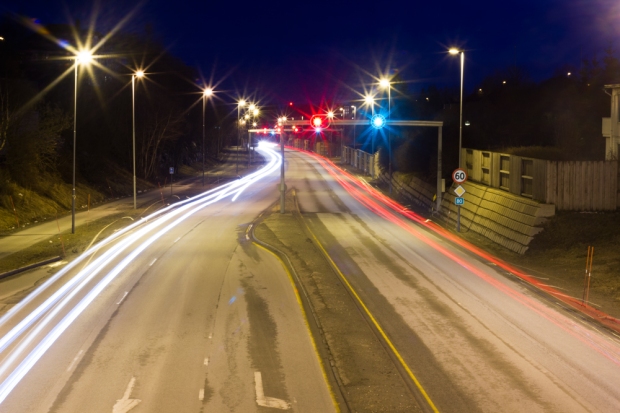
3. Ask a friend to help you with this activity. Choose a dark room in your house and switch off the lights. Place your camera on a tripod and set your shutter speed to 30 seconds or more. Ask your friend to “draw” a picture in the air using a flashlight. Take a look at your photograph. What do you see? This fun activity is called light painting.
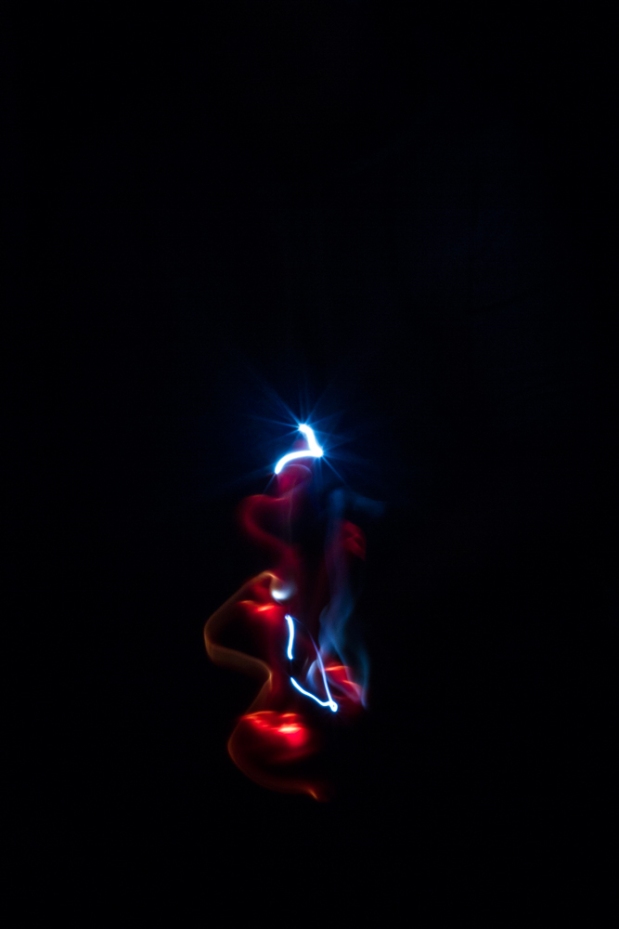
Learning Activity: Shooting in Low-Light Conditions
Question 1
Describe the steps that you will take to ensure that you take a high quality photograph in low light conditions. Refer to exposure, lenses, tripods, colour temperature, flash and ISO. Your answer should be a minimum of 350 words.
To take a photo of for example a building in low-light-conditions, I would start with setting the camera file format to RAW. This is important because the camera retains the information from the image sensor. When the camera processeses the image to jpg, all unnecessary data is removed, but I need this data when editing because it gives me more to work with.
I would then put the camera on a tripod, and set the exposure. The reason I would use a tripod is that it keeps the camera steady and in the same place, so that I can use a slow shutter speed. The slow shutter speed lets more light come into the image sensor, so the image won’t be too dark. This would create motion blur if there are any moving subjects in the image. I would play with the shutter speed to get it right in combination with the aperture.
I would set the aperture according to the depth of field that I want, shallow or deep. I think I would use my 50mm prime lens, which is a fast lens with a maximum aperture of f1.8. It also gives sharper images than a zoom lens.
Since I am using a tripod I would try to keep the ISO low, to prevent grain, but if I didn’t have a tripod, or wanted a deep depth of field and no motion blur, I would have to increase the ISO.
Since I am shooting in RAW, the white balance setting is not so important since the data is kept anyway and I can edit it later. I would use the custom WB setting and use a white surface to set the white balance.
I would turn off the flash, because it will not help much when photographing a building. And anyway, the linht from the camera flash is harsh and not so nice. If I had to use a flash on a different subject, I would use an external flash or a small softbox for the camera flash. But this depend on the scene I am photographing.
Question 2
Take four low-light photographs.
One should be a sharp photograph that focuses on a static object, like a building or statue.
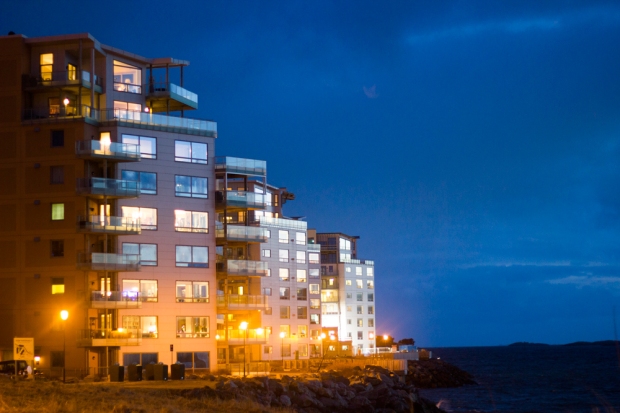
The second photograph should showcase moving objects, like cars or running water.
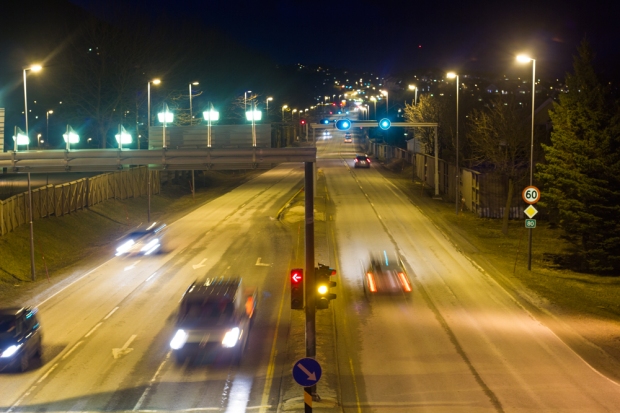
For the third photograph, take a moody portrait of a friend and use high ISO settings to your advantage.
